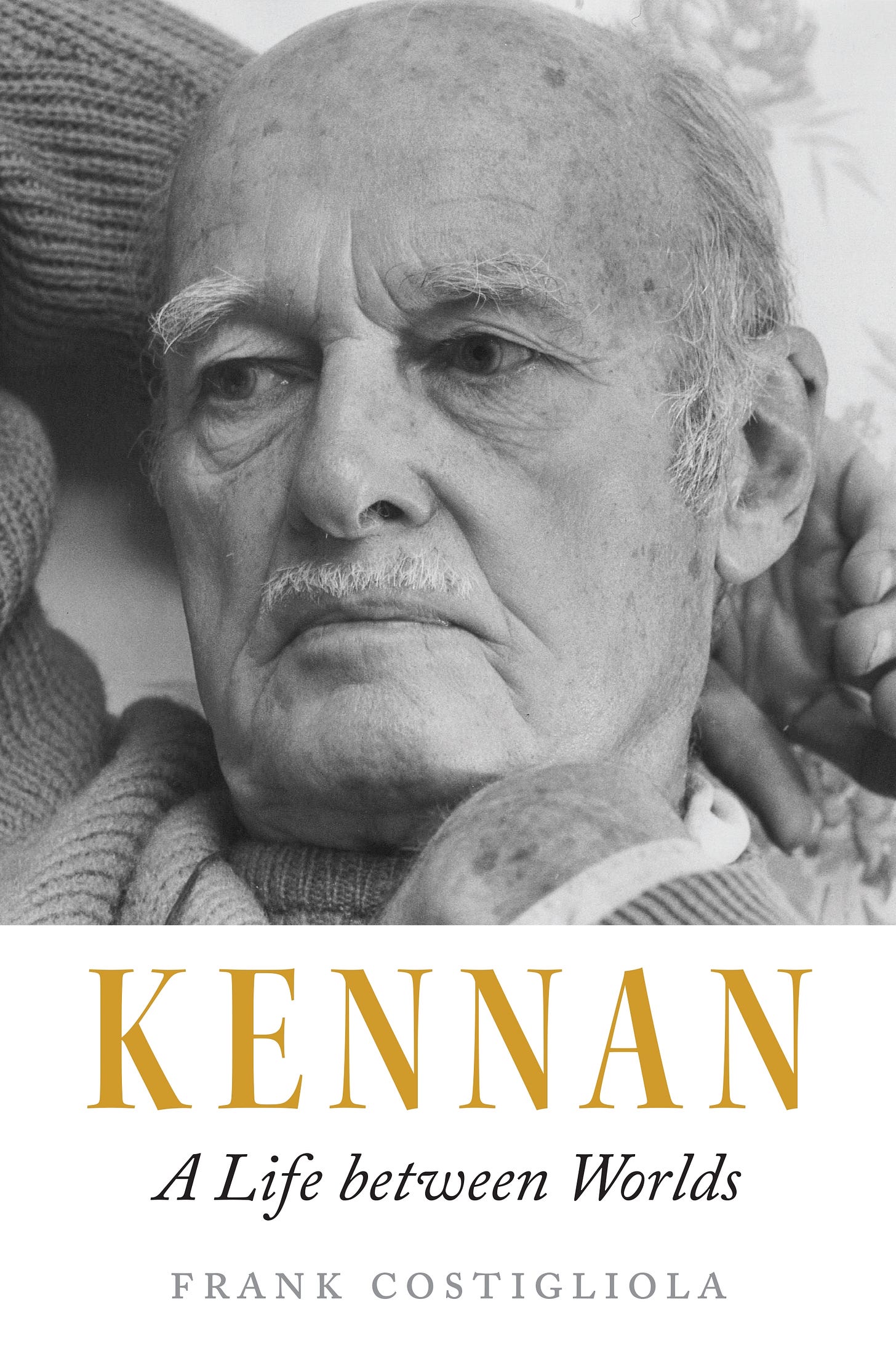Sometime in the early 1990s, in the lofty precincts of the White House and the State Department, there commenced what came to be known as the “Kennan Sweepstakes.” As the first post-Cold War President, Bill Clinton vouchsafed his senior officials a solemn task: come up with a single phrase that would characterize the goals of US foreign policy and replace the Cold War’s grand strategy of “containment.” It was diplomat George Frost Kennan, former ambassador to the Soviet Union and to Yugoslavia, who famously had coined that term in his celebrated “Long Telegram” from Moscow setting out US policy, and it was containment that had seemed to triumph on November 10, 1989, when the Berlin Wall gave way before the overwhelming press of freedom-seeking Germans. With the Soviet Union gone, what would take containment’s place as the lodestar of US policy? At a State Department dinner honoring the nonagenarian diplomat—as Frank Costigliola, Kennan’s latest biographer, recounts—Secretary of State Warren Christopher conveyed the president’s request. The Great Man was not amused. He took the opportunity to caution against employing a “bumper sticker” that would encourage “great and misleading oversimplification of analysis and policy.” President Clinton, informed of this grave admonition, laughed with delight. “Well,” he said, “that’s why Kennan’s a great diplomat and scholar and not a politician.”
Keep reading with a 7-day free trial
Subscribe to Book Post to keep reading this post and get 7 days of free access to the full post archives.



